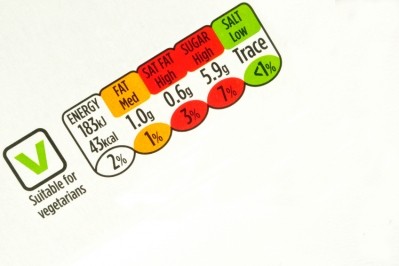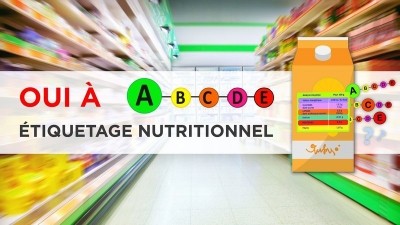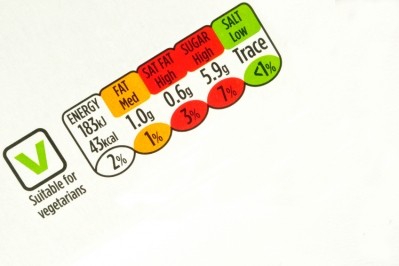Option paralysis: Consumers were confused by 'Choices'
Dutch ditch healthy eating logo for an app

The tick logo, known in Dutch as the 'vinkje', was the result of an industry-led initiative created by the Choices Foundation.
Privately funded through the fees companies paid in order to become a member, it had the official backing of the Dutch government and the European Commission.
It is used by Unilever, Friesland Campina, Weetabix, German discounter Lidl and Dutch private label brand Albert Heijn, among others.
However it had attracted mounting criticism as consumers found it confusing, and in May this year Dutch consumer rights group Consumentenbond filed a legal complaint to the Ministry of Health. The Ministry's legal advisory committee concluded the logo was poorly understood by consumers and therefore unlawful.
"It was our campaign ‘Weg met het Vinkje’ (loosely translated as ‘Let’s get rid of the Tick’) that let to the decision to remove the logo from packaging," spokesperson at Consumentenbond Babs van der Staak told us. "The decision of the Minister came on the day the deadline for answering to our legal complaint expired."
"We are very happy the Choices logo is now forbidden in the Netherlands. We opposed the healthy eating logo, because we did research among consumers and found that consumers do not know where the logo stood for and the difference between blue and green logo was not clear for consumers.
"Moreover, not all manufacturers participated in the system so consumers never knew if a product does not have a check mark because it is not healthy or because the manufacturer does not participate."
Green or blue?
The green tick is applied to basic healthy staples, such as low-salt wholemeal bread while the blue tick is reserved for 'healthier versions' of products found at the top of food pyramids, such as low calorie snacks.
The Choices Foundation nevertheless defended its logo saying it had been an effective driver of product reformulation and that its criteria had been updated three times during its use in the Netherlands.
The app
The Ministry of Health, Welfare and Sport has mandated the Voedingscentrum Nutrition Centre - a 100% government-funded body providing science-based nutrition advice to consumers - to develop the app.
Consumers will use it to scan a product’s barcode and compare it with others for nutritional values, ingredients and allergens. The app will also tell consumers where a product sits in the healthy eating pyramid.
“The goal is to provide objective and clear information so people can make informed choices. The app offers many more possibilities than the tick to provide tailored information. What is for a healthy, can in fact be unhealthy for the other, for example, in the case of an allergy,” said a statement issued by the Ministry.
There will be a 12-month transitional period in which companies can phase out the tick, after which it must no longer appear of packaging.
The first version of the app is scheduled for the end of January 2017 and will contain information for around 20,000 products while the last version should be ready for the end of 2017 and will contain information for 150,000 products on Dutch supermarket shelves.
‘A wrong beginning’
But Consumentenbond said the app represented “the wrong beginning” and a "distraction manoeuvre" as it required consumers to actively search for the
information, and was no replacement for on-pack information.
Meanwhile a spokesperson for industry watchdog FoodWatch said: “Surely most consumers will never use the app. [They won’t] have the right phone, like elderly people, or the group which could use the information the most, poorly informed people.”
Both Consumentenbond and Foodwatch are in favour of a traffic light logo, such as the one used in the UK.
The Nutrition Centre has called on food manufacturers and retailers to submit product data in order to develop the app within the deadlines.
The tick logo continues to be used in other countries such as the Czech Republic, Poland and since August this year, Nigeria.











